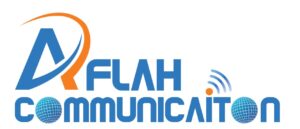Secure business software helps small companies to be in the loop with their activities. These systems minimize risk and speed up WHS and increase productivity in the workplace. These systems can also be a useful tool to report incidents and hazards. A lot of these programs are free to use and are easy to master and manage. They also offer a great amount of flexibility and can be used http://www.productdataroom.com/the-power-of-trust-in-ma-deals for a wide range of purposes.
SAFe is a framework and as such, is designed to be customized to meet the specific requirements of a particular organization. The four options available – EssentialSAFe (the default) Large Solution SAFe (the default), Portfolio SAFe (the default) and Full SAFe (the default) let organizations have the flexibility to expand Lean Agile principles to their enterprise context.
Identify the business motives for change: Organizations need to develop compelling and clear business reasons to adopt SAFe. This will allow leaders to better mentor and motivate teams to be supportive of the vision of change.
Implementation plan: Having a plan for implementation is crucial to ensure the success of SAFe. This involves identifying the most important business goals and creating plans to accomplish them. It is important to include the necessary expertise and resources needed for each goal.
Focus on delivering Value: SAFe helps businesses respond quickly to changing market conditions. A greater frequency and speed of product releases allows companies to respond more quickly to customer needs and increase revenue.
SAFe is a good tool however it can be confusing at times. One of the most common instances is its use of overlapping overloaded, re-defined, and ambiguous terminology. It also has a tendency to create jargon that is too complex which confuses rather than instructs.

